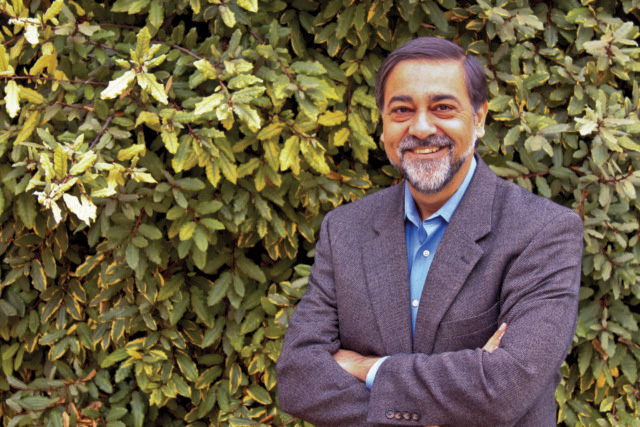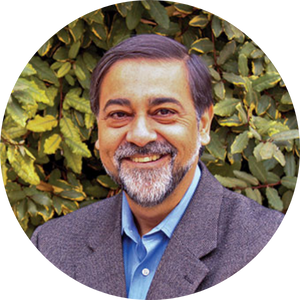The next big challenge for the internet is how to address the hate that festers on its pages.
The whole point of villages is that they are welcoming, community-oriented places to live and work. The word itself conjures up thatched cottages in picture-postcard English hamlets where everybody knows each other. The ‘global village’ – the shorthand used to advertise the internet when the web was in its formative years – was supposed to be a virtual manifestation of The Shire. It hasn’t quite turned out that way.
The internet’s biggest problem is hate. It’s everywhere. Google risks losing up to $750 million because of a boycott by advertisers, according to Nomura Research. Many of its clients are furious that their ads are popping up next to extremist and hateful content. Facebook has similar problems – it became the platform of choice for the ‘fake news’ that may have influenced the outcome of the US presidential election. Yet the internet giants worry that they are unable to control the way their technology is used. The global village looks more like a chaotic Mad Max dystopia with every passing day.
It was easier when newspapers (and their websites) were the chief source of news. Editors were held responsible for content. What is now pejoratively termed the ‘mainstream media’ made plenty of mistakes. But the buck stopped with someone. Nearly half of US adults now get their news from Facebook. There is not one editor, but millions.
To their credit, Facebook and Google have acknowledged that there is a problem. Their next challenge is one of time. In a recent blog, Facebook chief executive Mark Zuckerberg detailed plans to build a better informed, civically engaged and inclusive community that looks a lot more like the vision of social media when it came into the world just over a decade ago. But he warned that the sheer volume of content which the platform handles means regulation will take several years of R&D. We don’t have years – what’s left of the global village might have burned down by then.
The simple truth is that it isn’t a lack of resources preventing Big Web from controlling, monitoring and regulating the misuse of its platforms – it is lack of will. When, a few years ago, spam threatened to destroy email, the tech giants invested in filters, blacklists and other defences, and virtually eliminated it. Once marketers learned how to game Google’s page-ranking system, the search giant turned the tables on them by changing its algorithms. None of these countermeasures took years to develop. When the tech giants put their mind to a job, they do it.
In his book Whose Global Village? Ramesh Srinivasan explains that the idea that digital technologies are neutral is wrong. Like newspapers, they are created by humans, who approach the creation process on the basis of a set of values and presumptions. Like newspapers, they are for-profit companies. So, like newspapers, they must be held accountable for the content they propagate.
Srinivasan suggests asking social-media companies to make transparent and comprehensible the filters and choices that go into the key algorithms; offering users the choice between different types of information; and developing interfaces that allow users to look across posts from multiple perspectives, places and cultures in relation to a given topic. All seem wise steps.
One possible good consequence of fake news is the slow recognition that it exists – to some degree its recognition has caused users to question more of what they read. Yet this questioning remains embryonic, and limited. The echo chambers of social media are designed-in. Without action from the platforms, hate and ignorance will only grow.
Let it, and the global villagers might soon turn on each other with pitchforks. In some places, they already have.
An adapted version of this article appeared on the Dialogue Review website.



